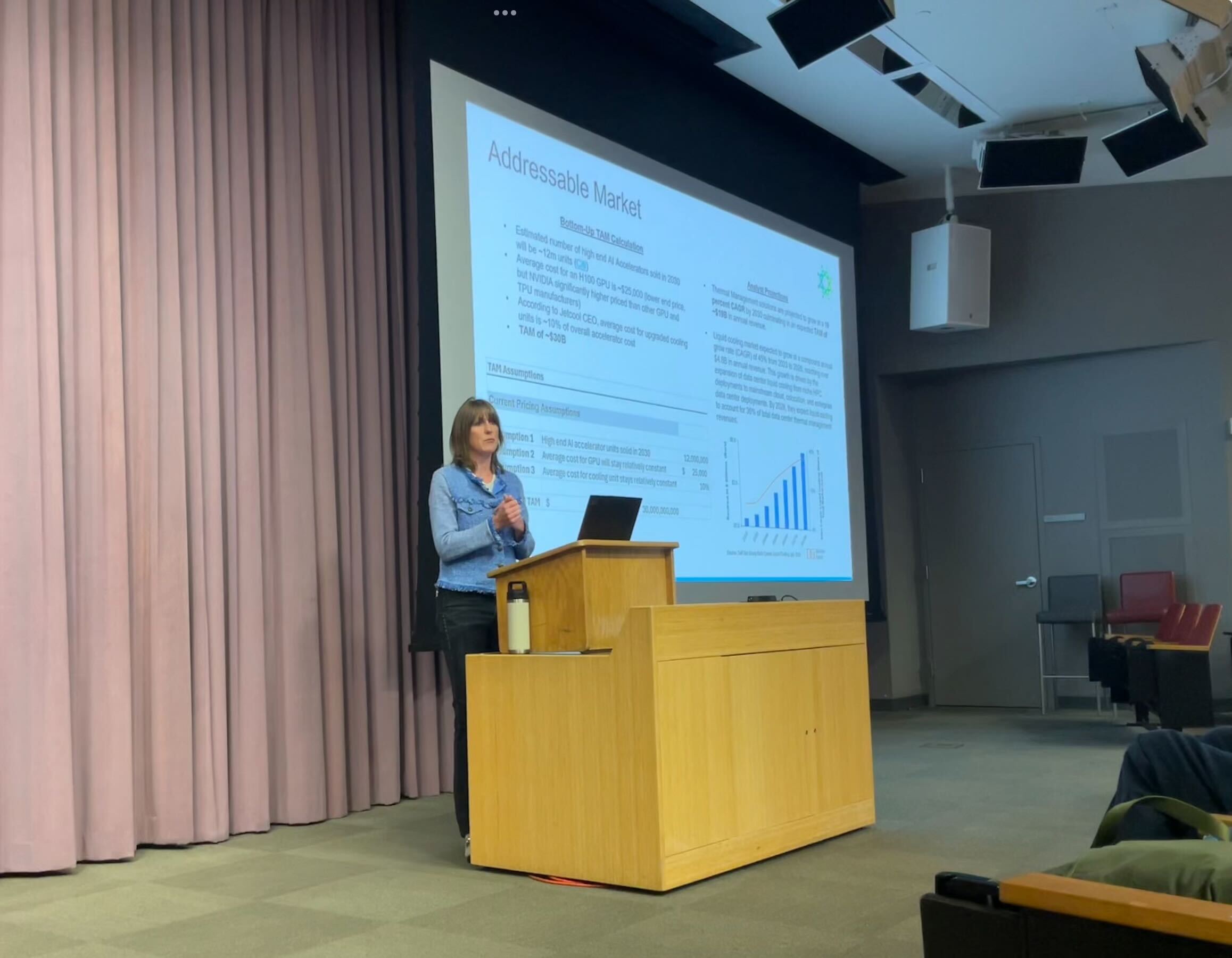Ongoing worker-health PIL adds 37 more thermal power plants, HC expands scope – Times of India

Report on Judicial Scrutiny of Worker Health in Chhattisgarh’s Thermal Power Plants and its Alignment with Sustainable Development Goals
1.0 Introduction: Advancing SDG 3 and SDG 8 through Judicial Action
The Chhattisgarh High Court, through a suo motu public interest litigation (WPPIL of 2016), is actively enforcing health and safety standards for workers in thermal power plants. This judicial oversight directly contributes to the achievement of Sustainable Development Goal 3 (Good Health and Well-being) and Sustainable Development Goal 8 (Decent Work and Economic Growth) by ensuring safe working environments and access to quality healthcare for industrial labourers.
2.0 Expansion of Inquiry to Uphold Decent Work Standards (SDG 8)
In a hearing on November 14, the High Court expanded the scope of its inquiry, demonstrating a commitment to Target 8.8 of the SDGs, which aims to protect labour rights and promote safe working environments.
- The Division Bench directed that 37 additional thermal power plants be added as respondents to the ongoing case.
- Notices are to be issued to these new respondents via the state’s labour department.
- The court recorded the submission of the Additional Advocate General that several establishments were not cooperating with inspection teams, and urged full cooperation to facilitate the finalisation of a comprehensive health and safety policy.
3.0 Health and Well-being Findings (SDG 3)
Inspection reports submitted to the court on September 15 provided critical data on worker health, highlighting challenges and progress related to SDG 3.
- Prevalence of Lifestyle-Related Ailments: A significant proportion of workers were found to be suffering from non-communicable, lifestyle-related diseases. These include:
- Diabetes
- Hypertension
- Dyslipidemia
- High Cholesterol
- Obesity
- Vision and Hearing Impairments
- Absence of Major Occupational Diseases: The reports confirmed that major occupational diseases such as silicosis, asbestosis, pneumoconiosis, and tuberculosis were not detected among the workforce.
4.0 Addressing Systemic Deficiencies in Occupational Health Services
4.1 Issues Identified in Previous Inspections
- Inaccurate Reporting: Many plants relied on private diagnostic centres, which resulted in “incorrect, casual and false reporting,” particularly in audiological tests.
- Non-Compliance with Court Directives: Several establishments continued to outsource Annual Medical Examinations (AME) to private agencies, contrary to court orders mandating the use of government hospitals, ESIC facilities, or approved tie-up hospitals.
- Inadequate Infrastructure: Some plants were initially found to lack dedicated occupational health centres and ambulances.
4.2 Corrective Measures and Enforcement
- Deficiencies regarding health centres and ambulances have since been rectified by the concerned plants.
- Establishments have begun shifting diagnostic testing to government hospitals to ensure accuracy and impartiality.
- Certifying surgeons have verified Form 21 medical reports, enhancing accountability.
- The state government has imposed penalties on non-complying plants under the Factories Rules.
5.0 The Role of Strong Institutions (SDG 16) in Sustained Oversight
The High Court’s continuous monitoring since 2016 exemplifies the role of effective and accountable institutions, a cornerstone of SDG 16, in enforcing legal and social standards.
- The court has persistently reviewed and enforced legal compliance among coal-based thermal power plants.
- Prior orders have mandated thorough inspections, the appointment of qualified factory medical officers, and the use of government and ESIC hospitals for medical examinations to ensure unbiased, statistically rigorous results.
6.0 Conclusion and Forward Path
The court has acknowledged the progress made while emphasizing that pending inspections, particularly for the 37 newly added plants, must be completed expeditiously. The matter is scheduled for its next hearing on December 15, continuing the judicial drive towards establishing a comprehensive policy framework that aligns with the principles of SDG 3 and SDG 8 for all industrial workers in the state.
Analysis of SDGs, Targets, and Indicators
1. Which SDGs are addressed or connected to the issues highlighted in the article?
- SDG 3: Good Health and Well-being: The article’s core focus is on the health of workers in thermal power plants. It discusses the monitoring of occupational diseases (silicosis, asbestosis, pneumoconiosis) and the high prevalence of lifestyle-related ailments like diabetes, hypertension, and hearing impairments. The court’s intervention to ensure proper medical examinations and the establishment of occupational health centres directly relates to ensuring healthy lives for workers.
- SDG 8: Decent Work and Economic Growth: The article directly addresses the promotion of safe and secure working environments. The entire judicial inquiry is aimed at enforcing legal compliance regarding worker health and safety policies in an industrial setting, which is a fundamental aspect of decent work.
- SDG 16: Peace, Justice and Strong Institutions: The article showcases the role of a strong and effective judicial institution (the Chhattisgarh High Court) in upholding the law and protecting workers’ rights. The court’s suo motu inquiry, continuous monitoring since 2016, enforcement of compliance, and penalization of non-complying plants are clear examples of promoting the rule of law and ensuring access to justice for industrial workers.
2. What specific targets under those SDGs can be identified based on the article’s content?
- Target 3.9: By 2030, substantially reduce the number of deaths and illnesses from hazardous chemicals and air, water and soil pollution and contamination. The inspection for occupational diseases like silicosis, asbestosis, and pneumoconiosis, which are caused by exposure to industrial dust and materials in power plants, directly aligns with this target of reducing illnesses from hazardous workplace environments.
- Target 8.8: Protect labour rights and promote safe and secure working environments for all workers. The high court’s actions to establish a “comprehensive health and safety policy for industrial workers,” mandate proper medical examinations, ensure the availability of occupational health centres and ambulances, and penalize non-complying plants are all direct efforts to create a safe and secure working environment as stipulated by this target.
- Target 16.3: Promote the rule of law at the national and international levels and ensure equal access to justice for all. The article details a sustained judicial process (WPPIL of 2016) where the high court is actively enforcing legal compliance (Factories Rules) and holding industrial establishments accountable, thereby promoting the rule of law and providing a mechanism for justice regarding worker safety.
- Target 16.6: Develop effective, accountable and transparent institutions at all levels. The high court’s “continuous judicial oversight,” review of extensive inspection reports, and transparent process of adding non-cooperating plants as respondents demonstrate the functioning of an effective and accountable institution working to enforce regulations.
3. Are there any indicators mentioned or implied in the article that can be used to measure progress towards the identified targets?
Yes, several indicators are mentioned or implied in the article:
- Prevalence of occupational and lifestyle diseases: The article explicitly mentions that inspections checked for diseases like silicosis, asbestosis, and tuberculosis (which were not detected) and recorded high instances of diabetes, hypertension, and hearing loss. Tracking the incidence rates of these conditions among workers serves as a direct indicator of workplace health.
- Compliance with medical examination standards: The shift from using “outsourced private agencies” to “government hospitals, ESIC facilities, or approved tie-up hospitals” for annual medical examinations is a measurable indicator of improved quality and reliability of health monitoring. The verification of Form 21 medical reports by certifying surgeons is another specific measure of compliance.
- Availability of health infrastructure: The article notes that initial deficiencies like the lack of “occupational health centres and ambulances” have been rectified. The number or percentage of plants equipped with these facilities is a clear indicator of progress in workplace safety infrastructure.
- Legal and institutional actions: The number of non-complying plants penalized under the Factories Rules, the addition of 37 more units as respondents in the case, and the number of inspection reports submitted to the court are all quantifiable indicators of the effectiveness of the judicial oversight and enforcement process.
4. Table of SDGs, Targets, and Indicators
| SDGs | Targets | Indicators |
|---|---|---|
| SDG 3: Good Health and Well-being | 3.9: Substantially reduce illnesses from hazardous environments. |
|
| SDG 8: Decent Work and Economic Growth | 8.8: Protect labour rights and promote safe and secure working environments. |
|
| SDG 16: Peace, Justice and Strong Institutions | 16.3: Promote the rule of law and ensure equal access to justice.
16.6: Develop effective, accountable and transparent institutions. |
|
Source: timesofindia.indiatimes.com
What is Your Reaction?
 Like
0
Like
0
 Dislike
0
Dislike
0
 Love
0
Love
0
 Funny
0
Funny
0
 Angry
0
Angry
0
 Sad
0
Sad
0
 Wow
0
Wow
0
















































:focal(1500,1000)/https://media.globalcitizen.org/a6/9a/a69a4720-d8a1-4715-b596-18738d03c05c/rotary_polio_hero_image.jpg?#)







/countries/sri-lanka/photo-credit---dmc-sri-lanka.tmb-1200v.jpg?sfvrsn=dc298bcc_1#)


















